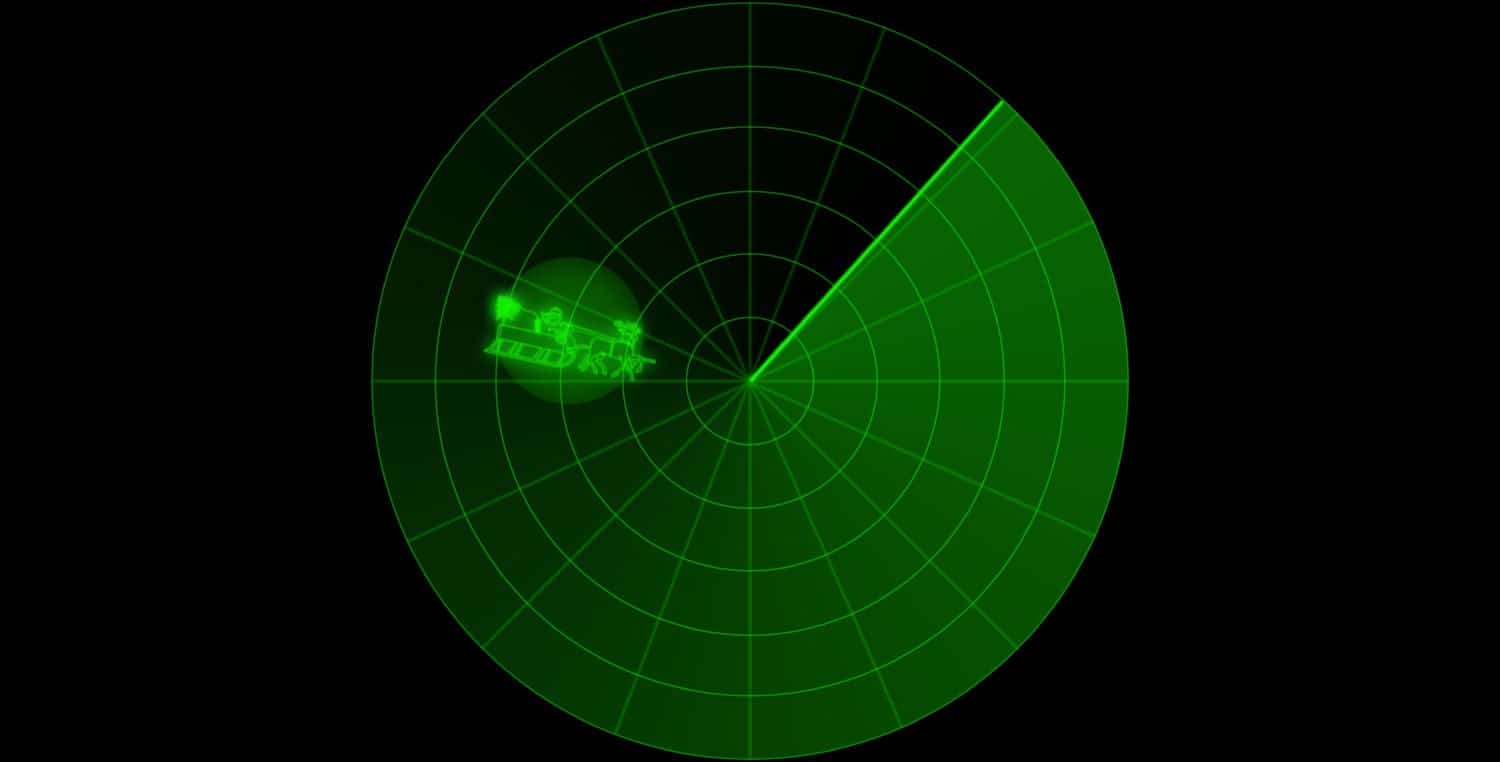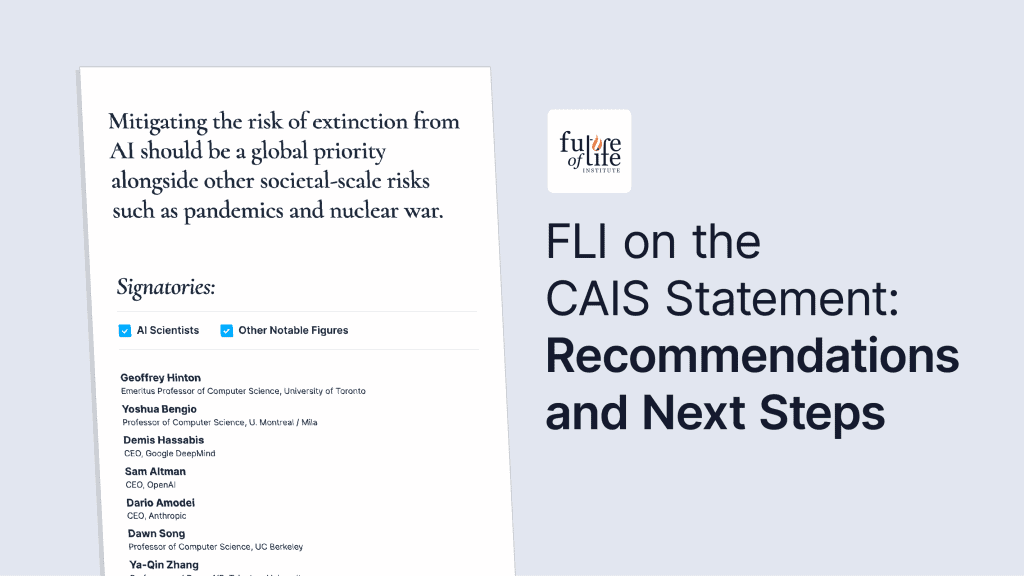Santa, Mistakes, and Nuclear War

Contents
Written by: David Wright, physicist & co-director, Global Security | December 14, 2015, 9:34 am EST
On December 1, the U.S. military started its annual tracking of Santa’s flight from the North Pole.
Really.
NORAD—the North Atlantic Aerospace Defense Command—is not known for its sense of humor. Its mission is deadly serious: to alert authorities about an aircraft or missile attack on North America. In the event of a nuclear missile attack, NORAD’s job is to detect it, analyze it, and provide the information the president needs to decide whether to launch U.S. nuclear weapons in response.
So what is it doing tracking Santa?
This off-mission public service stems from a series of mistakes and coincidences so unlikely they read like fiction.

The original Sears ad. Note that it says “Kiddies Be Sure and Dial the Correct Number” (Source: NORAD)
It started innocently enough: A 1955 Sears Christmas ad in a Colorado Springs newspaper featured Santa telling kids to call him “any time day or night” and gave a number for his “private phone.”
But due to a typo in the phone number, calls were routed to a top secret red phone at nearby Ent Air Force Base, home of the warning center that became NORAD.
Maybe two people in the world had this phone number—until then. The supervisor on duty that night, Col. Harry Shoup, was not amused when the red phone began to ring off the hook. A no-nonsense military officer, he took his job seriously. And so his men were shocked when, after learning what had happened, Shoup began answering the phone with “ho-ho-ho” and inquiring about the caller’s behavior over the previous 12 months—and then tasked his men to answer the phone the same way.
That Christmas Eve, Shoup shocked his staff yet again. He realized that NORAD’s specialty was, in fact, tracking objects flying toward the United States. So he picked up the phone and called a local radio station to tell them that the world’s finest warning sensors had just picked up a sleigh flying in from the North Pole. A tradition was born.
This uplifting occasion was not the only time things have gone awry at NORAD, but other incidents have been more heart-stopping than heartwarming.
False Warning of Nuclear Attack
For example, in 1979, NORAD’s computer screens lit up showing an all-out Soviet nuclear attack bearing down on the United States. The missiles would take less than 25 minutes to reach their targets.
The military immediately began preparing to launch a retaliatory attack. Nuclear bomber crews were dispatched to their planes. And the crews manning U.S. missiles were ready: The missiles were on 24/7 hair-trigger alert so they could be launched within minutes.
NORAD officers knew they would have only minutes to sort out what was happening, giving the president about 10 minutes to make a launch decision.
Fortunately, it was a time of reduced U.S.-Soviet tensions, so the officers were skeptical about the warning. They also failed to get confirmation from U.S. radar sites that there was a missile attack. They soon discovered that a technician had mistakenly inserted a training tape simulating a large Soviet attack into a NORAD computer. U.S. nuclear forces stood down, averting a nuclear war.
But things could have gone much differently. Within months, tensions between the two superpowers spiked when the Soviets invaded Afghanistan and relations continued to sour through the first Reagan term. Had communication systems been down or U.S. radars detected unrelated missile launches, the situation could have been much more serious.
President Obama: End Hair-Trigger Alert
Since 1979 there have been additional hair-raising incidents and false warnings due to a variety of technical and human errors in both the United States and Russia. Regardless, both countries still keep hundreds of missiles on hair-trigger alert to give their presidents the option of launching them quickly on warning of an attack, increasing the risk that a false alarm could lead to an accidental war. And that risk is significant. Indeed, some retired high-level military officers say an accident or a mistake would be the most likely cause of a nuclear war today.
President Obama understands this risk. Early in his presidency he called for taking U.S. missiles off hair-trigger alert. He has the authority to do so, but has apparently deferred to Cold War holdouts in the Pentagon.
Growing tensions between the United States and Russia now make taking missiles off hair-trigger alert even more urgent. It is during times of crisis when miscalculations and misunderstandings are most likely to occur.
As Col. Shoup and other NORAD officers learned repeatedly, unexpected things happen. They shouldn’t lead to nuclear war.
The best Christmas present President Obama could give to the country this year would be to take U.S. missiles off hair-trigger alert.
Co-written by David Wright and Lisbeth Gronlund. Featured Photo by Bart Fields.
About the Future of Life Institute
The Future of Life Institute (FLI) is a global think tank with a team of 20+ full-time staff operating across the US and Europe. FLI has been working to steer the development of transformative technologies towards benefitting life and away from extreme large-scale risks since its founding in 2014. Find out more about our mission or explore our work.
Related content
Other posts about Nuclear, Partner Orgs

Designing Governance for Transformative AI: Top Proposals from the FLI & Foresight Institute Hackathon



